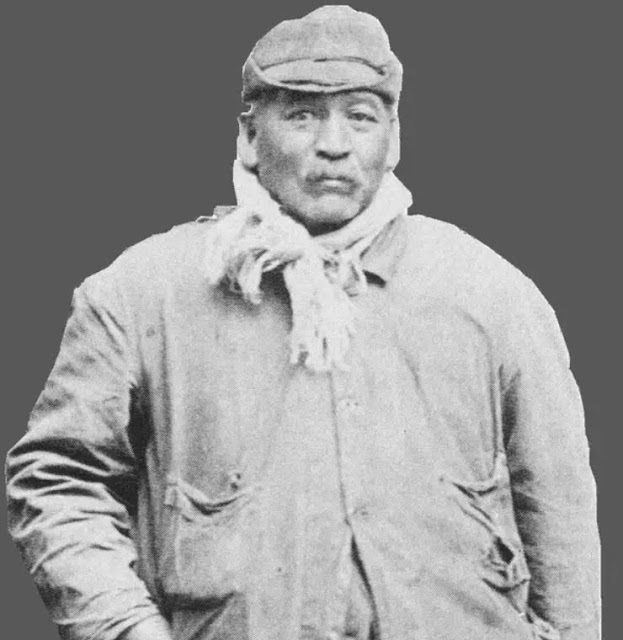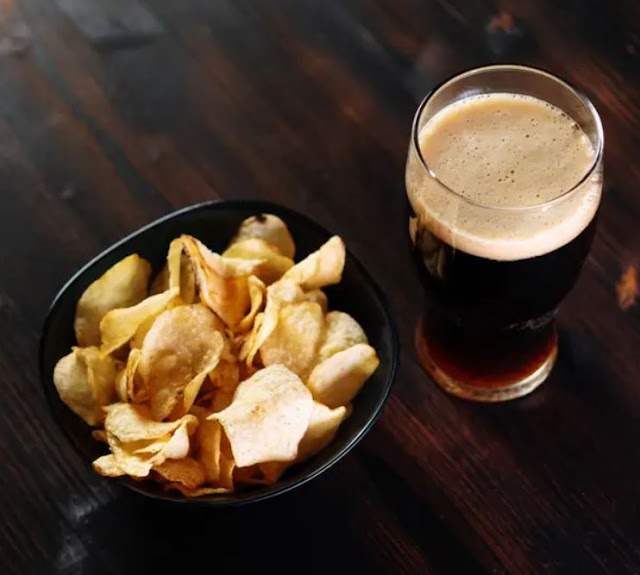Many people don't realize that these five incredibly popular food innovations owe their existence to Black chefs and entrepreneurs.
Black Americans have long played a foundational role in shaping and developing what we know today as American cuisine. However, for far too long, their invaluable contributions have been overlooked or erased from mainstream food narratives. This has been the case despite the undeniable influence of Black chefs, entrepreneurs, and innovators on the flavors, techniques, and food industries we now enjoy.
In recent years, though, this historical oversight has been challenged and reexamined. Shows like Netflix’s High on the Hog and cookbooks such as Jubilee by Toni Tipton-Martin are part of a larger movement to bring awareness to the food traditions and legacies of the African diaspora in the United States. These works, along with others, are shining a spotlight on the stories of Black chefs, food historians, and culinary artists who have shaped American food culture in profound ways.
From the creation of iconic dishes to innovations in food production and preservation, Black American chefs and food innovators have made their mark on the culinary world, influencing what we eat, how we eat, and the way food is marketed and celebrated today. Yet despite this, many of these stories remain unknown to the general public. As this narrative continues to shift, it's important to recognize and celebrate the vast impact of Black food innovators.
With that in mind, here are five Black inventors and pioneers who have significantly changed the way we eat and drink—whether you realize it or not. These individuals have left an indelible mark on food culture, shaping the flavors and techniques we now consider staples in American cuisine. Via: buzzfeed
1. Steve Henson, the inventor of Hidden Valley Ranch Dressing
2. James Hemings, "America's first chef" and the inventor of American macaroni and cheese
James Hemings is often referred to as “America’s first chef.” Born into slavery in 1765 in Virginia, Hemings moved to Monticello, Thomas Jefferson’s plantation, where he developed a natural talent for cooking. Jefferson, who had a deep interest in French culture and cuisine, wanted a French-trained chef in his home. In 1784, he took Hemings to Paris to study the culinary arts. While in France, Hemings worked as a cook and honed his skills in haute cuisine at the Château de Chantilly. He later brought these refined techniques back to Thomas Jefferson’s kitchens, both in Paris and eventually in Virginia.
While in France, Hemings was introduced to gratin de macaroni, a baked pasta dish made with butter and cheese. One of Thomas Jefferson’s favorites, Hemings adapted the recipe and prepared it for a formal dinner at Monticello. Likely substituting some French ingredients with those available in Virginia—like cheddar cheese—his version of the dish, which early American cookbooks referred to simply as "macaroni," became the precursor to the creamy, cheesy comfort food we all know and love today.
Before "farm-to-table" became a buzzword for high-end restaurant menus (often curated by predominantly White male chefs), there was Edna Lewis. Born in the early 20th century and raised in Freetown, Virginia—a community founded by formerly enslaved people, including her grandfather—Lewis grew up surrounded by generations of culinary wisdom. She learned to cook using ingredients grown on the land around her, inheriting recipes and techniques passed down from the elders in her community.
In 1948, she brought her culinary expertise to New York City as the chef at Café Nicholson, a popular restaurant and gathering spot for artists and creatives. Among the many dishes she served was her iconic pan-fried chicken—crispy and non-greasy, a special-occasion dish that stood in stark contrast to the fast-food fried chicken from McDonald's and KFC.
There are a few conflicting stories about the origin of the ultimate bar snack, but one thing is clear: George Speck Crum, a talented Black chef in Saratoga Springs, was the first to serve potato chips to customers. One popular legend says that while working as a chef at Moon Lake Lodge in New York, Crum sliced potatoes paper-thin and fried them in response to a difficult customer who complained that their fried potatoes were too thick. The crispy result was unexpectedly delicious, and Crum began serving them at the resort as "Saratoga Chips."
Another story claims that Crum’s sister, Catherine, was the one who invented the potato chip. While we may never know the exact origins of the snack, it’s clear that Crum played a key role in popularizing it—first at Moon Lake Lodge and later at his own restaurant. At his establishment, Crum served his potato chips to every table, earning fame in American high society for both his hospitality and his delicious snack.
Another well-known local spot, Frank and Teressa Bellissimo’s Anchor Bar, is frequently credited with creating Buffalo wings in 1964. They claim to have pioneered the now-iconic bar snack, serving their version with the classic spicy buffalo sauce. However, many are unaware of John Young’s crucial role in the history of Buffalo’s most famous dish. Young consistently asserted throughout his life that he was the true inventor of Buffalo wings. Since his passing, his family has carried on his legacy, sharing his story and keeping his culinary contributions alive.














Comments
Post a Comment